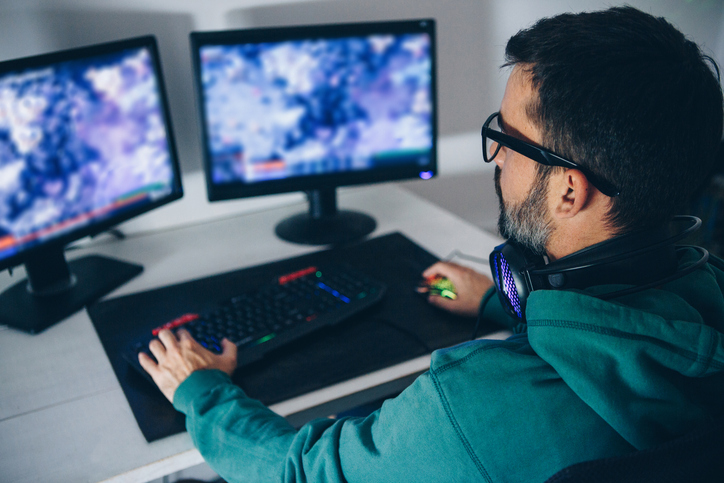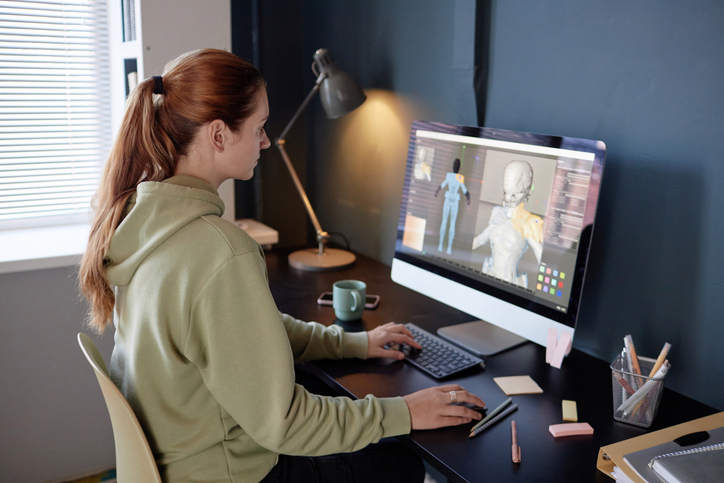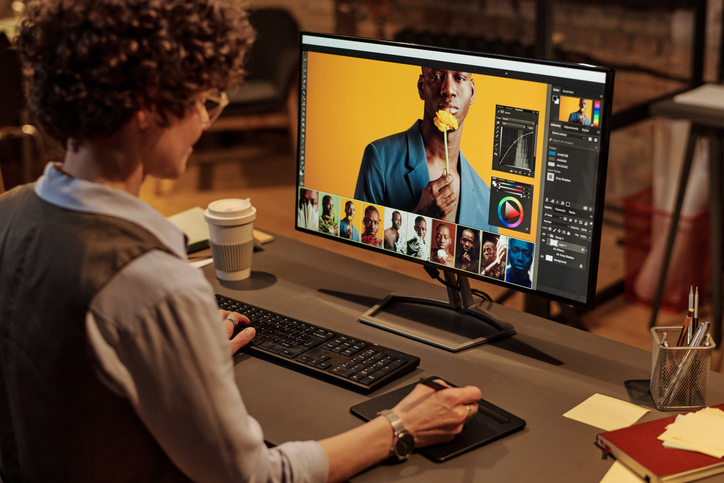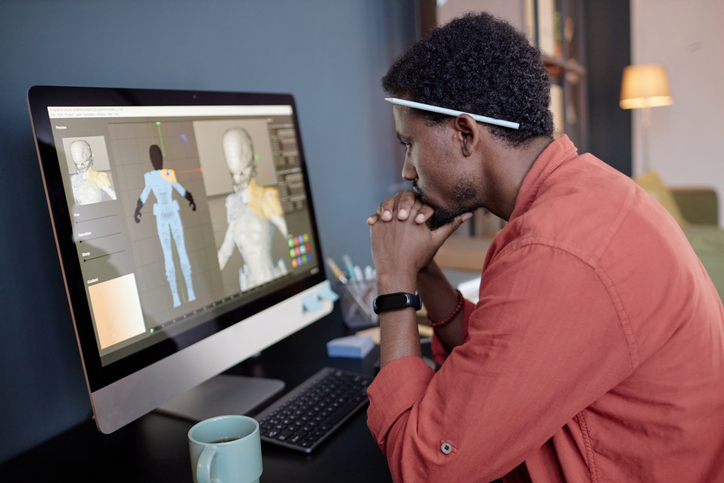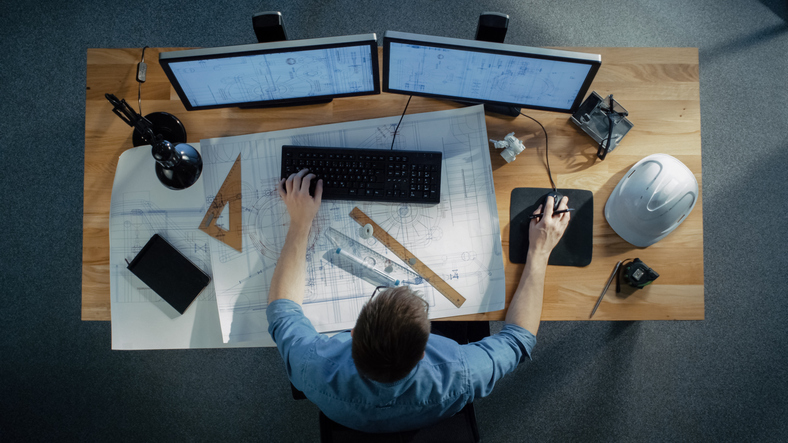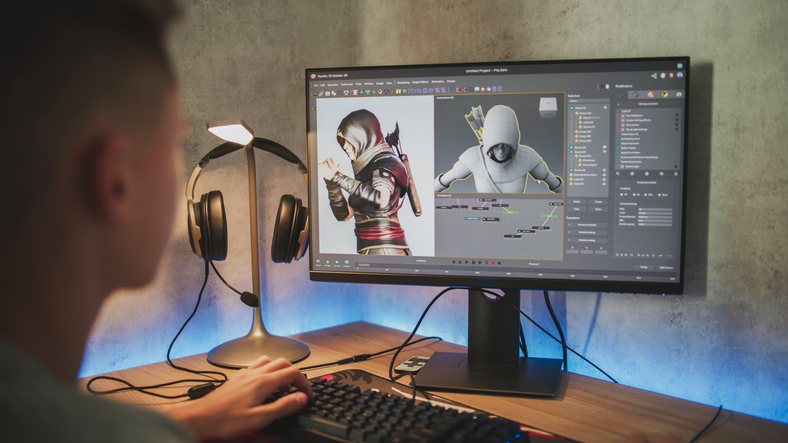Animation is everywhere. Whether you have laughed along with Rick and Morty, marveled at Pixar’s groundbreaking Toy Story, or gotten lost in the captivating world of video games like Red Dead Redemption 2, you have experienced animation’s remarkable power to breathe life into stories. But did you ever wonder what exactly separates classic cartoons from lifelike animated blockbusters? The secret lies in understanding the differences between 2D and 3D animation.
If you are creatively inclined and passionate about digital storytelling, exploring these two animation styles will give you a clear pathway to choosing the best career direction. And with programs like VCAD’s 3D Modeling Animation Art and Design Diploma, turning that passion into a rewarding career has never been easier.
Let us explore what sets these two dynamic forms of animation apart.
What is Animation?
At its core, animation is the art of creating movement from a series of still images played in quick succession. This visual trickery transforms individual frames into flowing narratives and dynamic visuals. Historically, animation started with hand drawn frames, evolving today into a sophisticated digital medium essential to films, TV shows, games, advertising, and more.
Animation is about storytelling, creativity, and technology coming together to make the impossible possible, allowing artists to create worlds limited only by imagination.
Understanding 2D Animation
2D animation is all about flat, two-dimensional illustrations and visuals. Each scene or character is created with height and width, but no depth much like a drawing on paper. This form of animation often relies heavily on an animator’s drawing skills. Traditionally, 2D animators drew every frame by hand, a process known as cell animation. Today, digital software makes the process more streamlined, but the principles remain the same: artists must create each key pose individually, connecting these poses with fluid in between frames (a technique known as tweening). You have encountered 2D animation everywhere, from classic cartoons like The Simpsons and Looney Tunes, to modern hits like Rick and Morty. It is loved for its artistic versatility and expressive character design.
Understanding 3D Animation
In contrast, 3D animation works in a fully three-dimensional digital environment. Characters, props, and environments are modelled using polygons, textures, and virtual bones (rigging). Unlike 2D animation, which relies on sequential drawings, 3D animation involves manipulating models in virtual space. A major milestone in 3D animation history was Pixar’s Toy Story (1995) the world’s first entirely computer-generated feature film. Since then, advancements in software, rendering techniques, and real time animation have expanded the possibilities exponentially. Modern 3D animation software, such as Maya, Houdini, and ZBrush, are powerful tools allowing artists to create highly realistic and intricate visual experiences. Today, 3D animation dominates in feature films, video games, virtual reality, and beyond.
Key Differences Between 2D and 3D Animation
To truly grasp the differences between 2D and 3D animation, it is important to compare several fundamental aspects. Each animation type brings its unique qualities, challenges, and benefits to the creative process, and understanding these will help you determine which suits your artistic vision, skill set, or career path best.
1. Dimensionality
The most immediate difference between 2D and 3D animation is dimensionality.
2D Animation: 2D animations are entirely flat, existing only on the horizontal (width) and vertical (height) axes. This means characters, props, and environments have no depth and can only be viewed from one angle at a time. If you want to highlight an object from another angle, it must be redrawn completely, which can be time consuming and requires a clear understanding of visual perspective.
3D Animation: In contrast, 3D animation introduces the concept of depth (the Z axis). Objects and characters exist in a fully realised, three-dimensional digital environment. This means they can be viewed from any angle without redrawing. Cameras can move freely within this virtual space, allowing animators to capture scenes dynamically and realistically, just like filming a live action movie.
2. Artistic vs Technical Approach
Animation is fundamentally creative, but the approach differs significantly between 2D and 3D techniques.
2D Animation (Artistic Approach): 2D animation places a stronger emphasis on artistic skills, especially drawing ability, creativity, and traditional art concepts like composition, colour theory, and perspective. Every frame in traditional 2D animation typically involves carefully planned drawings that require strong illustrative talent. The animator’s artistic vision directly shapes every detail, making 2D animation a highly personalized art form.
3D Animation (Technical Approach): 3D animation, while still creative, is inherently more technical. Animators must understand not only how to manipulate objects within a 3D software program but also principles of physics, spatial awareness, anatomy, rigging, and lighting. 3D animators work more like virtual puppeteers, using digital “rigs” (internal skeletons) to move their characters. While drawing skills are beneficial, they are less essential than understanding the software, physics-based movement, and complex animation curves.
3. Animation Techniques:
The processes for creating animations vary between these two styles.
2D Animation Techniques:
3D Animation Techniques:
-
Real Time Rendering: Using powerful software engines (e.g., Unreal Engine) to render animations live, widely used in games, VR, and interactive media.
4. Frame Rates and Movement
Frame rate and movement principles also differ between 2D and 3D animation.
2D Animation (Variable Frame Rate): Traditional 2D animation can vary widely in frame rates. Although standard cinematic animation typically uses 24 frames per second (fps), many 2D animations, especially for TV or online content, use fewer frames sometimes as low as 12 fps (“working on twos”). Static or minimal movements are acceptable and can even enhance certain stylistic choices, making production quicker and often more cost effective.
3D Animation (Consistent Frame Rate): 3D animation typically adheres strictly to a frame rate of 24 fps or higher, to maintain realism and smoothness. Unlike 2D, where static frames are stylistically acceptable, 3D requires subtle constant motion, even during quiet or still scenes. These subtle motions, known as “moving holds,” help the characters appear lifelike rather than mechanical or lifeless.
2D vs 3D: Advantages and Disadvantages
Both 2D and 3D animation offer distinct benefits and unique challenges.
Advantages of 2D Animation:
Disadvantages of 2D Animation:
Advantages of 3D Animation:
Disadvantages of 3D Animation:
Bonus Read: How Long Does It Take to Learn 3D Animation?
2D vs 3D: Software Tools and Resources
Each animation style comes with its own industry standard software.
Popular 2D Animation Software:
Popular 3D Animation Software:
Programs like VCAD’s 3D Modeling Animation Art and Design Diploma emphasize mastering these industry standard tools, providing students with hands on, practical experience needed to succeed.
2D vs 3D: Industry Applications
Applications of 2D Animation:
Applications of 3D Animation:
3D animation has become increasingly vital due to its versatility, realism, and immersive storytelling capabilities.
Career Opportunities
Animation opens doors to diverse career paths, each rewarding creativity and technical skill.
Careers in 2D Animation:
Careers in 3D Animation:
With the growing prominence of 3D animation, career opportunities have multiplied rapidly, making it an excellent time to pursue education in this exciting field.
3D Animation Education and Career Development
Choosing the right education program is crucial for success in animation. VCAD’s 3D Modeling Animation Art and Design Diploma stands out as a pathway to industry readiness, offering:
-
Industry Standard Tools: Gain proficiency in tools like Maya, ZBrush, Substance Painter, and Unreal Engine.
With a diploma from VCAD, you will be prepared to step confidently into creative industries and bring your storytelling visions to life.
Final Thoughts
The differences between 2D and 3D animation extend far beyond simple visuals; they represent two distinct yet complementary storytelling art forms. While 2D animation offers artistic freedom and stylistic diversity, 3D animation unlocks unparalleled realism and immersive potential.
For students drawn to dynamic storytelling, technical creativity, and endless innovation, a future in 3D animation through VCAD’s 3D Modeling Animation Art and Design Diploma can open incredible doors. Whether your dream is crafting animated features, immersive games, or exploring the forefront of virtual reality, the skills you develop will position you perfectly for a vibrant and fulfilling career.
The future of animation is bright, and it is waiting for you to bring your creativity to life. Why not take the first step today?
